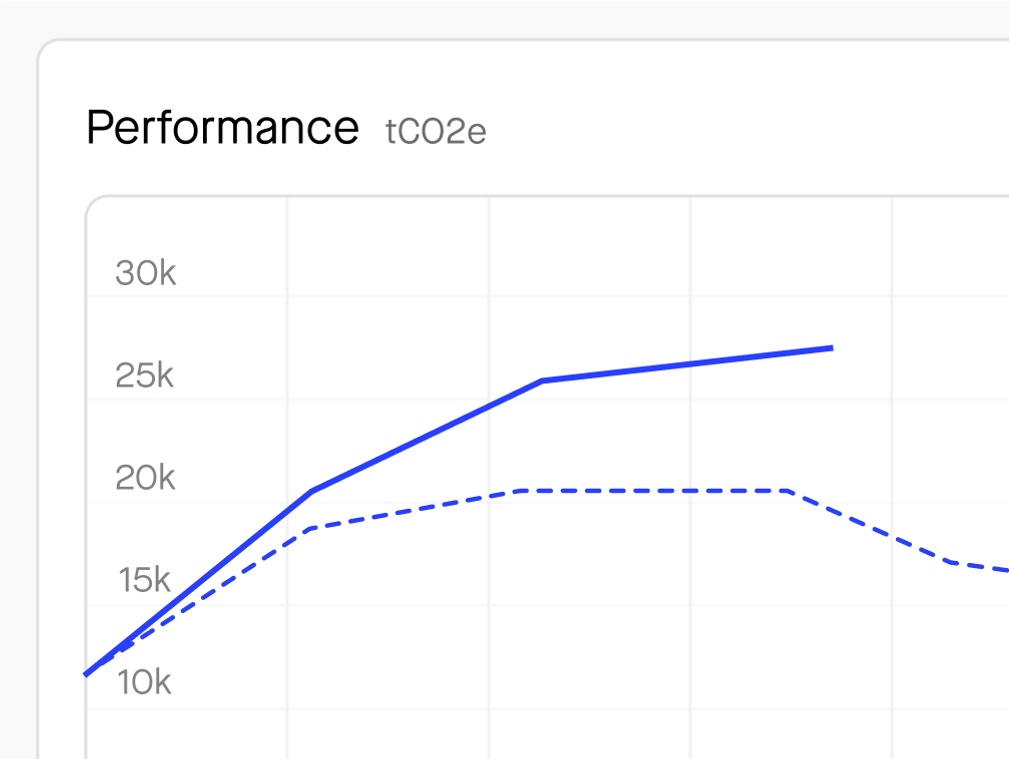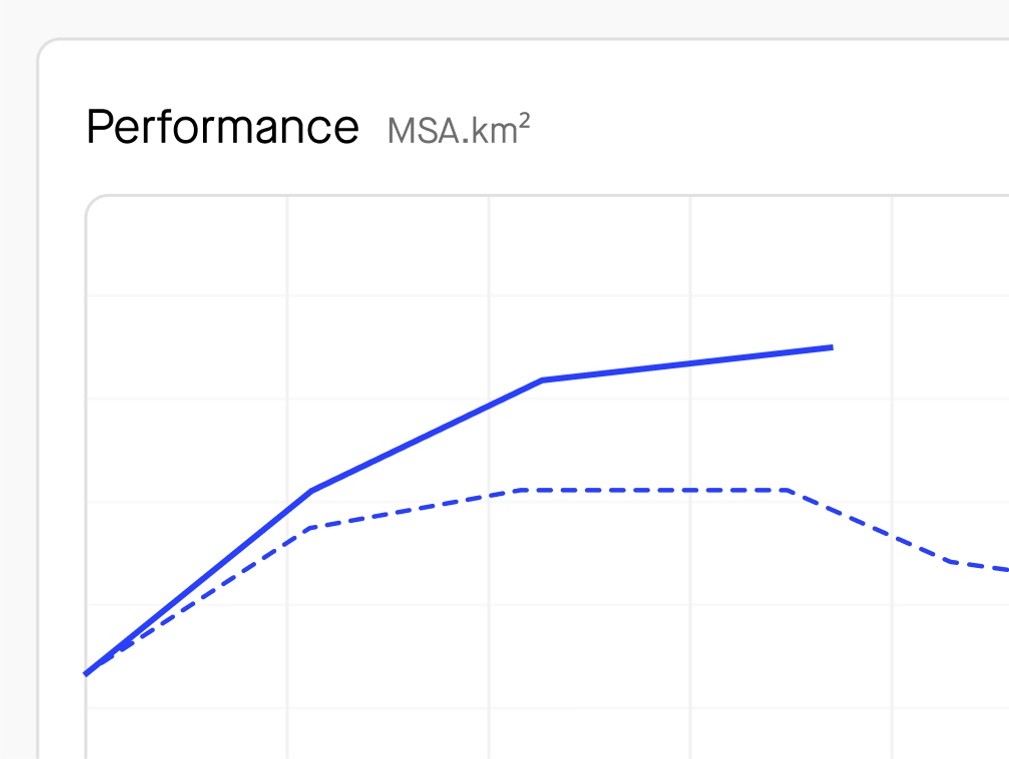Sweep for SFDR
Unlock SFDR Compliance: Transforming regulations into opportunities

Meet Sweep for SFDR
We help you comply with the Sustainable Finance Disclosure Regulation (SFDR) and report on Principal Adverse Impacts (PAI) in a matter of weeks.
Sweep is your one-stop-shop for ensuring SFDR compliance
Accelerate your compliance

Ensure full compliance with SFDR in a matter of weeks.
Save valuable time

Significantly reduce audit preparation time with automated controls and easy access to supporting documentation.
Foster strong stakeholder engagement

Strengthen stakeholder relationships through proactive engagement and transparent reporting.
Track progress in real-time

Get a live overview of your SFDR compliance progress and make sure you're 100% compliant with the mandatory metrics.
Empower your investment strategy

Make investment decisions that align with your ESG goals and strategy.
Get on-track
Sweep has everything you need to be on-track with your ESG regulatory requirements. We also have a robust platform to support you on your decarbonization journey. See all features on our Platform page.
SFDR Compliance expertise at your fingertips
👍 Ease of use
Map PAI metrics requirements, and automate data collection and calculation for your portfolio companies.
🕵️♀️ Turnkey reporting
Easily create your PAI statement and export it in the mandatory format.
🔒 Data security
We’re SOC2 compliant and ISO 27001 certified. Learn more about security
🎒 Education
Access our Sweep School to improve your stakeholders’ understanding of SFDR compliance and PAI reporting.
🔎 Transparency
Keep a clear audit trail, with documents and descriptions for your data stored right in Sweep.




Materials
Explore our materials to learn more about SFDR
The SFDR introduces key requirements that financial market participants must adhere to.
At Level 1, SFDR mandates the disclosure of ESG (Environmental, Social, and Governance) information, including how sustainability risks are integrated into investment decisions, the adverse impacts of investment decisions on sustainability factors, and the alignment with sustainability objectives.
Level 2 measures provide more specific rules on how to implement these disclosures, such as the content, methodology, and presentation formats.
Read more here.

Under the SFDR, Principal Adverse Impacts and Risks are two key concepts that financial market participants need to consider.
Principal Adverse Impact (PAI) – this refers to a significant negative effect that an investment, product, or service can have on sustainability factors. It includes adverse impacts on the environment (e.g. through greenhouse gas emissions) and society (e.g. human rights violations). Financial market participants are required to disclose information about these impacts, such as their methodologies for assessing and monitoring them.
Sustainability Risk – a potential adverse effect on the value of investments caused by environmental, social, or governance factors. These ESG risks can include climate change, resource depletion, social inequality, and corporate governance issues. Financial market participants must ensure that every sustainability risk is integrated into their investment decision making process.

Product classifications play a crucial role under the Sustainable Finance Disclosure Regulation (SFDR) in providing transparency and guiding investors in their sustainable investment choices. The SFDR introduces three product classifications.
Article 6 financial products are those that do not promote environmental or social characteristics explicitly.
Article 8 products are those that promote environmental and social characteristics, but do not have sustainable investment as their primary objective.
Article 9 products are those with sustainable investment as their explicit objective, demonstrating a high degree of sustainability.
By adhering to the SFDR's product classifications, financial market participants can enhance transparency, promote sustainable finance, and meet the evolving demands of responsible investing.

By following these steps, organizations can proactively prepare for the SFDR and meet their obligations under the regulation:
Understand the scope: Familiarize yourself with the SFDR disclosure requirements and determine if your organization falls within its scope based on your role as a financial market participant.
Establish governance and responsibility: Assign clear ownership and accountability within your organization for compliance with the SFDR, ensuring that relevant departments and stakeholders are involved.
Enhance data collection: Implement robust systems to gather and manage relevant data from your portfolio companies. Find the right software provider to help you streamline the data collection process.
Develop SFDR reporting frameworks: Create standardized reporting frameworks and templates to capture the necessary information required by SFDR, ensuring consistency and accuracy in your disclosures and accounting for compliance gaps.
Train and educate staff: Conduct training programs to enhance staff awareness and understanding of SFDR obligations, ensuring that relevant employees are equipped with the knowledge and skills needed for compliance.
Monitor and review: Establish a monitoring and review process to assess the effectiveness of your compliance efforts and make adjustments as needed to ensure ongoing compliance.
Find out more with Sweep’s Guide to SFDR Compliance.

Track, report and act
Sweep helps you get your carbon on-track
Sign up to The Cleanup, our monthly climate newsletter


© Sweep 2024





